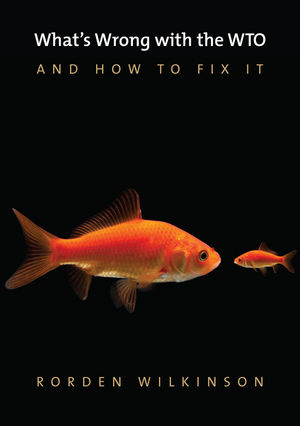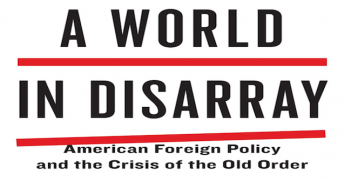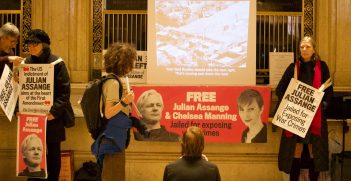What's Wrong with the WTO and How to Fix It

The multilateral trading system governed by the World Trade Organisation (WTO) is in serious trouble. In this book, Rorden Wilkinson makes the case that the WTO, as it stands today, is an institution that is not fit for its stated purpose, achieves too little in the way of multilateral trade agreements and exacerbates inequalities between wealthy and developing countries. Moreover, the way in which trade negotiations have been constructed by media reporting and commentary adds to the malaise. Unlike the majority of WTO reform proposals that err on the side of incrementalism, Wilkinson offers up a more radical plan to rebuild the WTO in order to better serve the interests of both the developed and the developing world. His vision is for a more equitable institution that harnesses global trade for development and whilst such rhetoric has surrounded the Doha Development Agenda, the results thus far have been dismal.
Wilkinson’s outline of the way in which the WTO actually operates is an antidote to both more rosy accounts of the WTO’s achievements as well as more technical discussions of negotiating rules and norms and the WTO dispute settlement process, the latter of which dominate the scholarly literature. This will come as a relief to both academic readers and those interested in obtaining a better understanding of the mechanics of trade negotiations. Through part I of the book entitled ‘Problems’, the author traces the historical development of the multilateral trading system from its shaky start (the stillbirth of the International Trade Organisation), the operating procedures of GATT and the eventual establishment of the WTO in 1995. Throughout this analysis, Wilkinson adeptly highlights that the multilateral trade regime is an exercise of power by the wealthy industrialised states to the detriment of developing countries.
Having dissected and distilled the operations of the WTO, Wilkinson calls for a new, more socially progressive institution that will see trade liberalisation not as a goal unto itself but as a means to realising global social goods such as greater equality between the rich and the poor and the preservation of the global environment. In part II, ‘Solutions’, Wilkinson reviews and categorises recent WTO reform proposals, finding that most are too cautious and do not challenge the power inequalities embedded in the WTO’s institutional design. Instead, Wilkinson argues that the WTO must be understood as a mechanism to fulfil social aspirations via a reconfigured mission statement, closer collaboration with the UN institutions and a shift from adversarial relationships between members to incentives-based governance that promotes economic growth via trade and technology transfer. Most interestingly, Wilkinson argues that states would not be the chief parties to the organisation “but rather geographic areas and specific agents within, between and across states”. Of course, the most difficult aspect of rebuilding the WTO is working out how to implement change. Several discrete steps towards change are put forward including constructing a new narrative, increasing public debate via a global public forum on trade and suggestions about how to mobilise the WTO’s existing architecture.
In sum, What’s wrong with the WTO and How to Fix It is an accessibly written, well-argued book that will engage academic, practitioner and NGO readers to consider the future of this important global governance institution that has so much as yet unrealised potential to improve our collective welfare.
Wilkinson, Rorden, What’s Wrong With the WTO and How to Fix It, Polity, 2014.
Dr Hannah Murphy-Gregory is a Lecturer in Politics and International Relations at the School of Social Sciences, University of Tasmania. This article may be republished with attribution under a Creative Commons Licence.





